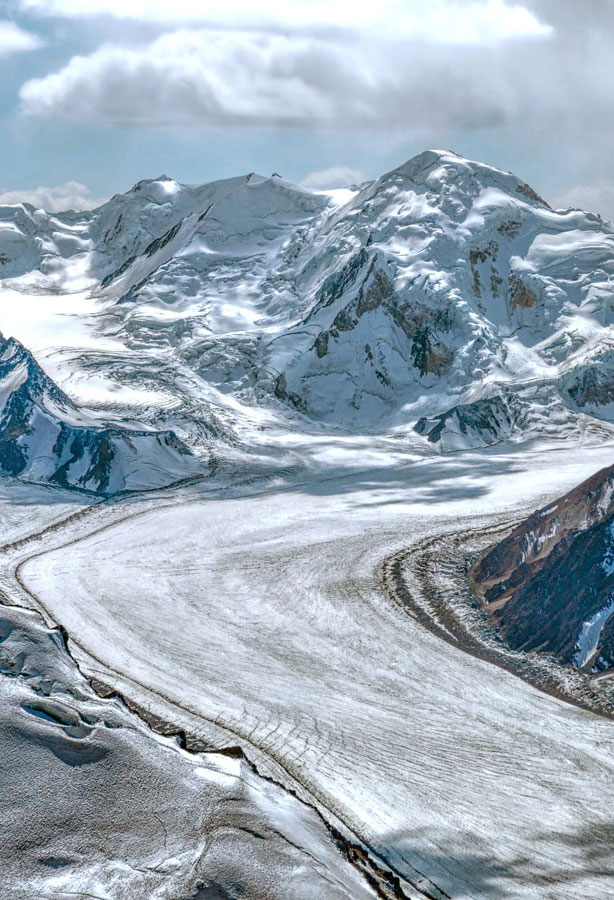There are seven countries in the world whose names end with the suffix -stan: Afghanistan, Kazakhstan, Kyrgyzstan, Pakistan, Tajikistan, Turkmenistan, and Uzbekistan. In Persian and Urdu, -stan translates to “place of” or “where one stands.” That makes the literal names of these Central Asian countries “place of the Afghans” or “places of the Tajiks,” for example. But despite their similar names, these independent states each have their own unique history and culture that make them distinct. Here are seven fascinating facts about the “-stan” countries.
Uzbekistan Is One of Two Doubly Landlocked Nations
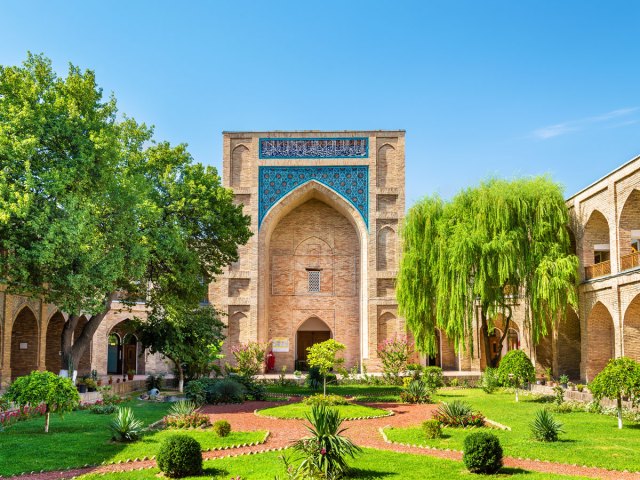
There are 44 landlocked countries in the world (the largest of which is Kazakhstan), but Uzbekistan is one of only two doubly landlocked nations (along with Liechtenstein). In Uzbekistan’s case, this means that all the countries surrounding it — Afghanistan, Kazakhstan, Kyrgyzstan, Tajikistan, and Turkmenistan — are also landlocked.
The Uzbekistan region wasn’t always landlocked, but that changed after gaining independence from the Soviet Union in 1991. Some geographers argue that the neighboring countries of Kazakhstan and Turkmenistan aren’t actually landlocked since they touch the Caspian Sea, but most classify the Caspian Sea as a large lake instead of a sea, as its name would suggest. Because of its unique geography, Uzbekistan is deeply reliant on its neighboring countries for access to trade, and the nation has joined the Eurasian Economic Community to help maintain strong trading relations.
Afghanistan Is Home to the World’s Oldest Oil Paintings
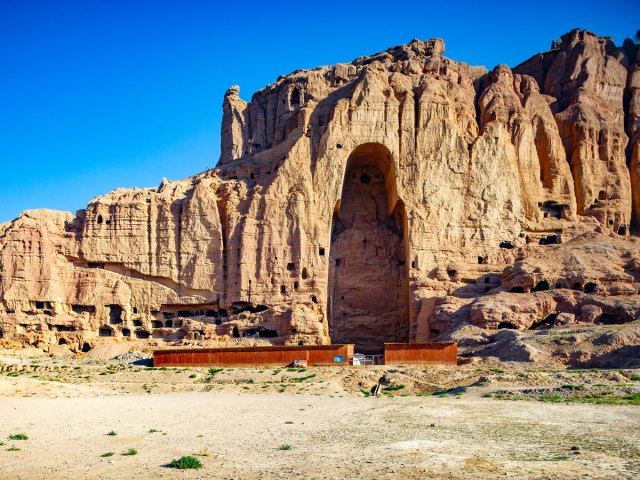
In 2008, archaeologists uncovered a series of murals located throughout caves in Afghanistan’s Bamiyan Valley. A UNESCO World Heritage Site in itself, the Bamiyan Valley was once home to thriving Buddhist sanctuaries. The Buddhists who inhabited the region painted these vast murals, and of the 50 caves examined, 12 contained evidence of oil-based paints. This evidence led the archaeologists to determine the works to be the world’s oldest known oil paintings, dating to around 650 CE.
These ancient paintings depict Buddhists sitting cross-legged and dressed in vermilion robes, alongside various creatures such as crouching monkeys and mythical beasts intertwined with palm leaves. The oil used to create these paints is believed to have been produced from walnuts or poppy seeds. What makes this discovery all the more groundbreaking is that oil wasn’t incorporated into European paint until the 13th century, long after these paintings were created.
Astana, Kazakhstan, Holds the Record for Most Name Changes by a Capital City
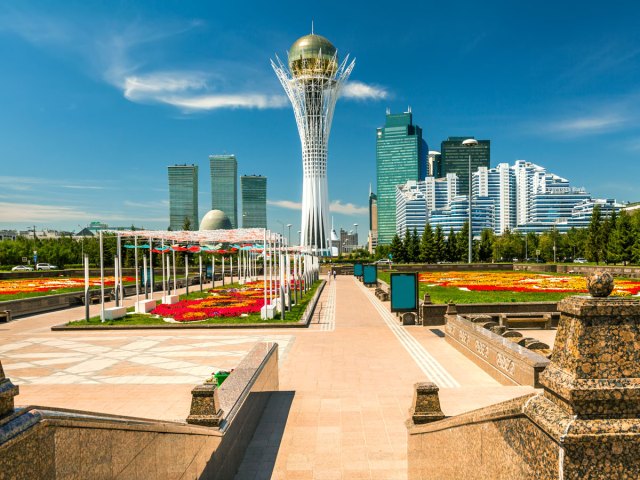
Kazakhstan’s capital city, which is currently called Astana, holds the Guinness World Record for most name changes by a capital city (though it’s only served as the country’s capital since 1997). The city was founded as a Russian military outpost in 1830 known as Akmolinsk, meaning “white holy place.” After joining the Soviet Union, its name was changed in 1962 to Tselinograd, which translates to “virgin lands city” and reflected unprecedented Soviet expansion into the Steppe region.
After gaining independence from the U.S.S.R. in 1991, the city’s name was again changed to Aqmola, translating to “white grave.” Six years later, the Kazakh government transferred the country’s capital from Almaty to its current location, and changed the city’s name to Astana (“capital”). In 2019, the city’s name was altered yet again to Nur-Sultan in honor of Nursultan Nazarbayev, who served as Kazakhstan’s president from 1991 to 2019. But in September 2022, the city’s name reverted back to Astana.
The Longest Poem in History Was Written in Kyrgyzstan
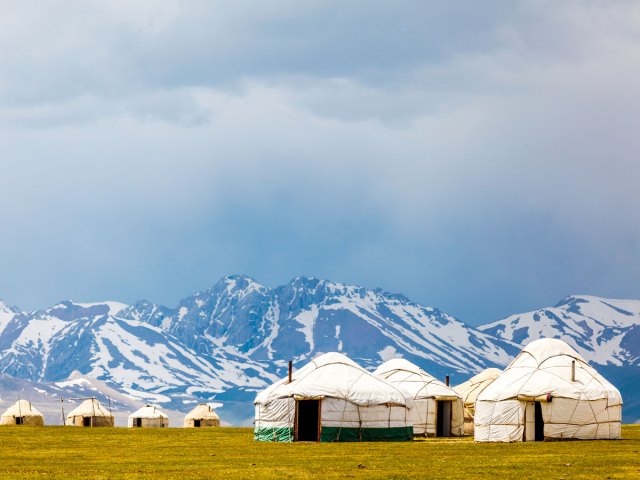
The Epic of Manas, a Kyrgyz poem about a warrior hero and his descendents, is around 530,000 lines long, with certain versions reaching over 1 million lines depending on who’s reciting it. That makes it 20 times longer than Homer’s Greek epic, the Odyssey. The first part of this three-part tale centers around Manas, whereas the second part focuses on his son, Semetey, and the third part covers his grandson, Seytek.
The tale was originally part of the Kyrgyz oral tradition, though it was finally recorded in the 19th century. The first complete published version was released in the 1920s, and a popular version recorded between 1922 to 1926 by performer Sagymbay Orozbakov is now considered the fullest version available. This indelible work was enshrined on UNESCO’s Intangible Cultural Heritage List in 2009.
Pakistan Contains the World’s Highest International Paved Road
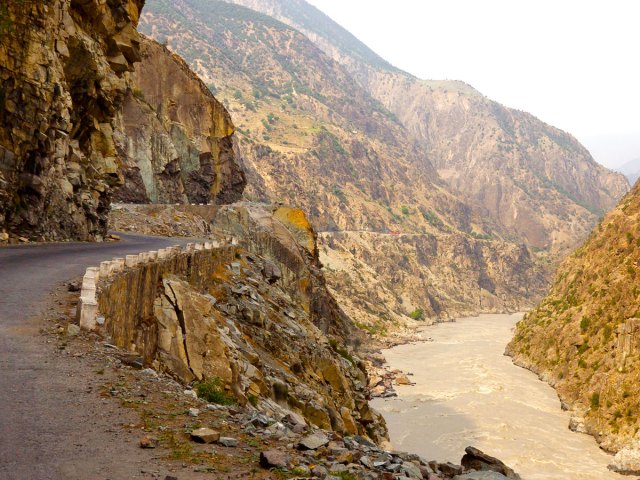
The Karakoram Highway runs for 810 miles from Abbattabad, Pakistan, through the Karakoram mountain range to Kashgar, China — with around 68% of its total length located on the Pakistani side. At its highest point, the highway reaches a peak elevation of 15,466 feet above sea level, making it the highest international paved road on the planet.
While the road is open year-round, the particularly treacherous Khunjerab Pass — located at 15,397 feet above sea level — is closed from January through April each year due to heavy snowfall. Construction began on the Karakoram Highway in 1959, and it finally opened to the public in 1986. Over the years, the roadway’s width has been expanded threefold, and it is now capable of accommodating heavier vehicles and travel during more perilous weather conditions.
Tajikistan Is Home to the World’s Longest Non-Polar Glacier
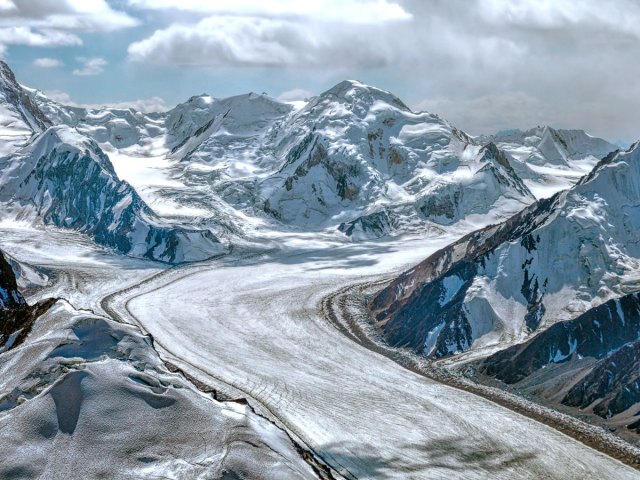
Tajikistan’s Fedchenko Glacier is the largest glacier found outside of the Earth’s polar regions. This massive block of ice — which measures 47 miles long and covers 350 square miles of area — was discovered in 1878 and named for Russian explorer A.P. Fedchenko. However, it wasn’t until 1928 that the glacier’s middle and upper reaches were finally explored on more thorough expeditions.
The Fedchenko Glacier begins at an elevation of 20,300 feet in the Pamir Mountains, and it drops a whopping 8,200 feet throughout its course. The glacier melts into the nearby Muksu, Vakhsh, and Amu Darya rivers, which feed the Aral Sea and provide Central Asia with a critical water supply. Due to increasing temperatures, the glacier has shrunk by 4,600 feet since 1933, though it remains the largest non-polar glacier anywhere on the planet.
There’s a Continuously Burning Crater in Turkmenistan
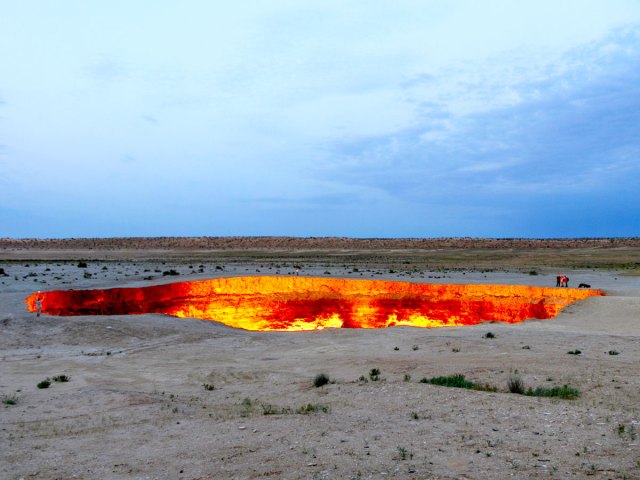
Nicknamed the “Door to Hell,” the Darvaza Crater formed in 1971 when the ground beneath a Soviet drilling operation in Turkmenistan gave way. The fiery 230-foot-wide and 65-foot-deep crater has been continuously burning ever since, standing out against the otherwise barren landscape of the Karakum Desert. However, some geologists believe that the actual crater may have formed in the 1960s, and ignited two decades later.
However it may have initially formed, its glowing embers light up the night sky from miles away, and the crater has become a popular tourist attraction that brings many visitors right up to its rim. However, the crater may not be around much longer: In January 2022, President Gurbanguly Berdymukhamedov ordered that research be done on how to potentially extinguish the crater’s flames.
More from our network
Daily Passport is part of Optimism, which publishes content that uplifts, informs, and inspires.






